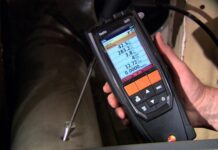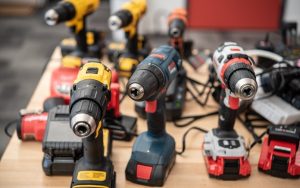
Cordless tools have become irreplaceable equipment for tradies, contractors, and ordinary DIY’ers. They’ve evolved well beyond the point of debating whether it’s smarter to buy a cordless drill or screwdriver, and they’re performing tasks that would have been unthinkable only a few years ago. Compared to its petrol-powered predecessor, a modern 60V cordless chainsaw glides almost gracefully through a dense 30cm log, while the job of framing a house with a cordless 60V circular saw might seem almost leisurely compared to using one of its corded, muscle-jarring counterparts.
It’s because of how efficiently cordless tools handle big, sinew-stretching jobs like these that they’ve become the wholesale preference among professionals. Corded and petrol-powered tools have been worksite fixtures for well over a century, but there’s no holding back the revolution in cordless technology that’s transforming worksites from being hardworking places, into places where working smarter is capable of getting twice as much work accomplished.
The Advantages of Cordless Tools
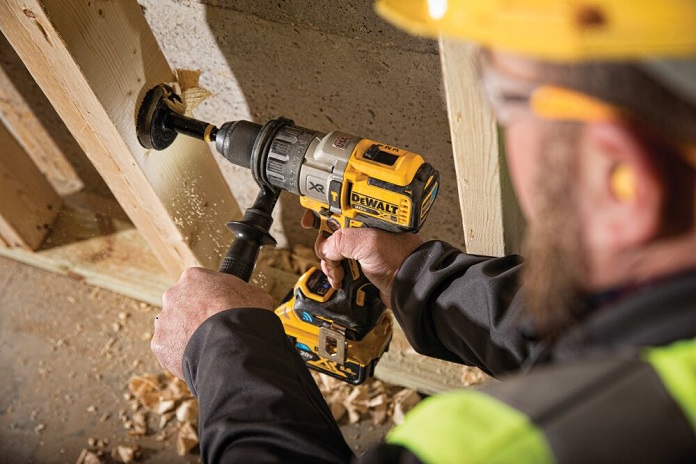
From construction sites and workshops, to garages and hobby rooms, cordless tools are everywhere. They’re more powerful and reliable than ever, and contractors and craftsmen understand that pairing cordless convenience with a heavy-duty power tool is a combination that adds value to every job they undertake. By replacing their loud, resource-hungry power tools with efficient cordless versions, they’re able to tackle jobs and optimize their productivity in ways that wouldn’t be possible otherwise.
Cordless Tools are Practical
Heavy metal housings and rough-running brushed motors are common with corded power tools, and hauling one to the top of a scaffold, or trying to use it while perched on a rooftop isn’t pleasant. The lightweight housings and smooth-running brushless motors of cordless power tools make them perfect examples of operational practicality.
Cordless Tools are Powerful
The most capable tools don’t have to be big or heavy to be powerful. While the batteries that fuel most 18V – 20V power tools are more than sufficient for routine tasks, flexible and maximum range voltage battery packs can produce up to 60V for tools that need to deliver more power, and for longer durations.
Cordless Tools are Safe
Power cords pose an undisputed hazard for tripping and general underfoot confusion. The greater presence of electricity itself, though, can be a hazard under a variety of working conditions. The option to use a cordless power tool is a necessity wherever water’s present, or in any type of environment where the sparks from an electric motor could create a secondary hazard.
By leveraging the full range of performance and cost advantages that cordless power tools have to offer, tools users can achieve benefits that they never could have realized with corded tools. The credit for their rise in prominence, however, rests firmly on the advancements in power tool battery technology. Let’s take a moment and look at how batteries tie all the advantages of cordless tools together.
Cordless Tool Battery Basics
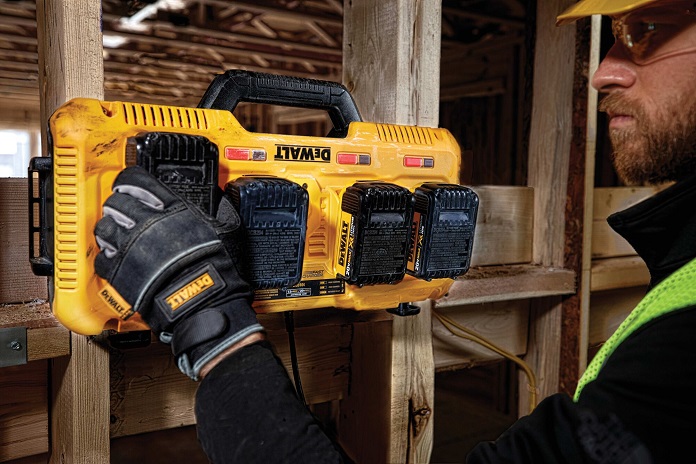
Make no mistake: whenever you’re evaluating all the different types of cordless power tools for sale, what you’re really evaluating is the battery. Batteries aren’t just the reason that cordless power tools don’t need to be tethered to a fixed power source: they’re the reason that a fixed power source isn’t needed in the first place. Nearly all battery-powered tools and battery specifications will include the following factors:
- Voltage (V). This is the measurement of how much power a battery can provide.
- Amperage hours (Ah). Relative to how much current a tool needs to run, this represents the amount of current a battery can deliver in an hour of runtime.
- Life cycle. This refers to the number of times a battery can be discharged and recharged before losing its ability to retain a full charge.
- Memory effect. This is an indicator of a battery’s inherent ability to remember how many times it’s been fully discharged.
- Discharge rate. This refers to how quickly a battery loses its charge, due to either self-discharging from non-use, or deep discharging from overuse.
Quite simply, the ideal battery needs to deliver adequate amounts of voltage at maximum amps, and be regularly rechargeable with minimal memory effect. It’s a demanding list of requirements – especially when you need tools to be flexible, but consistent – but that’s precisely what you can expect from any battery-powered tool that’s operating on lithium-ion technology.
The Best Cordless Solution is Lithium-ion
Power tool manufacturers have invested heavily in lithium-ion battery technology because it encompasses all the stable, long-lasting power traits that contractors and DIY’ers buy power tools for. In fact, most manufacturers have developed entire cordless tool platforms around lithium-ion technology, capitalizing on a host of natural benefits that it has over other battery types, including:
- Higher energy densities and capacities that allow smaller batteries to store and deliver more power;
- Significantly higher life cycles that allow for more frequent charging and discharging; and,
- No difficulties resulting from the memory effect.
Some of these cordless platforms consist of as many as 200 different power tools; all with the advantage of modularity, as well as forward and backward interchangeability. For tool owners, this ability to swap batteries between tools – or tools between batteries – is one of the main advantages of building their cordless tool selections around lithium-ion-powered fuel cells.
It ultimately means that whenever they’re looking to expand their power tool collection, they’re assured of purchasing battery power tools that are as compatible as they are capable. That’s a winning combination that no tradie, contractor, or DIY expert can pass up.
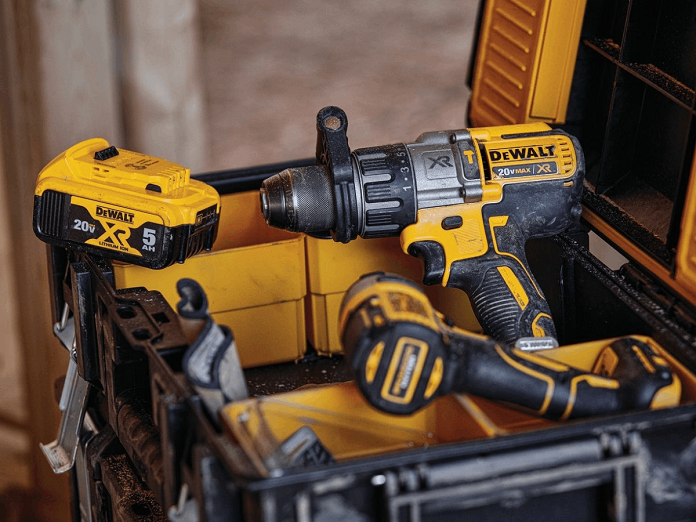
The Final Word
At the end of the day, it’s easy to understand why so many professionals and DIY’ers are continuing to gravitate toward cordless tools. Regardless of whether it’s for working with wood, metal, or stone, the trend towards even more flexible cordless tool usage is guaranteed to continue. Although most tool manufacturers still produce corded tools because it makes sense for tradies and craftsmen to have their essential back-ups, the convenience of having a cordless, heavy-duty power tool as their primary piece of equipment has clearly become the way to improve performance and efficiency when it comes to getting the job done. If you’re in the market for new tools, and you want to get the best quality that’s available, cordless is the way you’re going to want to go.













